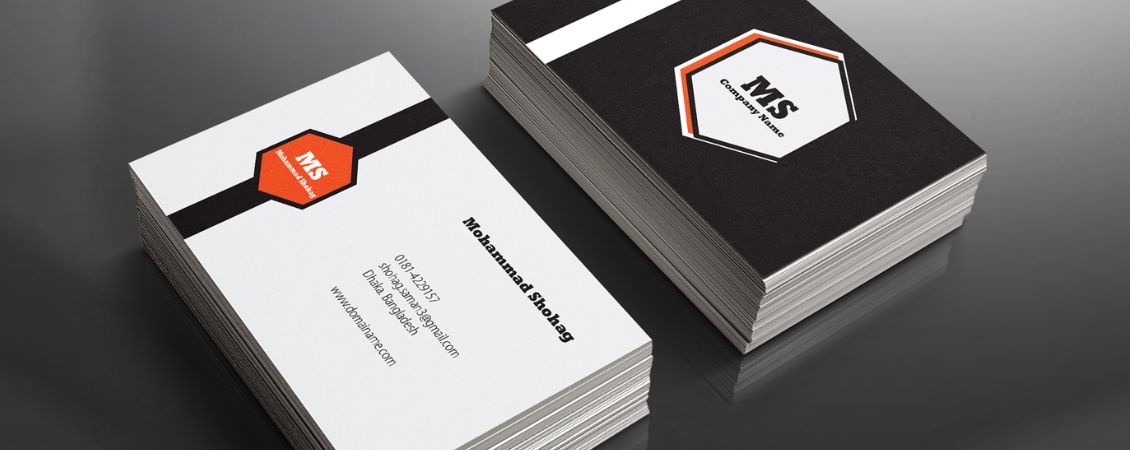Welcome to our guide on how to create stunning artwork using Affinity! Whether you're a professional artist or just starting out, Affinity has something to offer everyone. Here’s a step-by-step guide to setting up artwork for print using this popular design tool.
What is Affinity?
Affinity is a suite of professional graphic design software developed by Serif Labs. It includes applications for photo editing, vector graphics, and desktop publishing. Affinity products are available for both Mac and Windows operating systems, and are designed to be powerful yet easy to use. The Affinity suite includes the following products:
- Affinity Photo: a photo editing application for retouching, enhancing, and manipulating images.
- Affinity Designer: a vector graphics application for creating logos, icons, graphics, and other artwork.
- Affinity Publisher: a desktop publishing application for creating professional-quality documents such as brochures, magazines, and books.
How to Create Artwork for Print Using Affinity
In this guide, we will walk you through the process of creating artwork from start to finish using Affinity. We'll cover everything from setting up your canvas to exporting your final product. Let's get started!
Step 1: Set up your canvas
Before you can start creating your artwork, you need to set up your canvas. To do this, open Affinity and click "File" then "New." This will bring up a window where you can customize your canvas size, resolution, and other settings.
Choose your canvas size and resolution based on how you plan to use your artwork. If you're creating a poster or print, you'll want to use a higher resolution to ensure that your final product looks sharp and clear. Here’s a list of all the print sizes you might need in cm, mm and pixels.
Step 2: Choose your tools
Affinity offers a wide variety of tools for creating and editing your artwork. Some of the most common tools include the brush, pencil, and eraser.
The brush tool allows you to paint and draw with different brush styles and colours. The pencil tool is great for creating precise lines, while the eraser tool allows you to erase mistakes or unwanted elements from your artwork.
Step 3: Sketch out your design
Now it's time to start sketching out your design. If you're feeling stuck, try brainstorming ideas or looking for inspiration online.
To sketch out your design, use the pencil tool to draw rough outlines of your idea. Don't worry about making everything perfect at this stage – we'll refine and polish your design later.
Step 4: Add colour and detail
Once you're happy with your sketch, it's time to add some colour and detail. Use the brush tool to fill in your design with colour, and the eraser tool to clean up any rough edges.
You can also use the gradient tool to create smooth transitions between colours, or the clone tool to copy and paste elements of your design.
Step 5: Refine and polish your design
Now that you have a solid base for your design, it's time to refine and polish it. Use the selection and transform tools to adjust the size and position of your elements, and the smooth tool to smooth out any rough edges.
You can also use the text tool to add labels or captions to your design, and the layer tool to organize and group elements of your design.
Step 6: Export your final product
Once you're happy with your design, it's time to export it as a final product. To do this, click "File" then "Export" and choose your desired file format.
If you're creating a print or poster, we recommend exporting your design as a high-resolution JPG, PNG or PDF. Here are all the file types we accept.
And that's it! You've now created stunning artwork using Affinity. With a little practice and some creativity, you'll be able to create beautiful designs in no time.
Affinity Design Tips
- Here are a few tips for creating artwork in Affinity:
- Use the reference image function to help you get the proportions and details of your subject right. You can access this by going to View > New Reference Image.
- Make use of layers to keep your artwork organized and make it easier to make changes. You can create a new layer by going to Layers > New Layer.
- Use the snap to grid function to help you align objects in your artwork. You can access this by going to View > Snap to Grid.
- Experiment with different brush sizes and shapes to find the ones that work best for the effect you want to achieve.
- Use the symmetry tool to create perfectly symmetrical artwork. You can access this by going to View > Symmetry.
- Make use of the transform and distort tools to change the shape and size of objects in your artwork.
- Use the colour picker to select and match colours from your reference images or other sources.
We hope you've enjoyed this guide on how to create artwork using Affinity. If you have any questions or need additional help, don't hesitate to reach out to our team. Or, for more artwork tips and guidance, visit our design hub!





